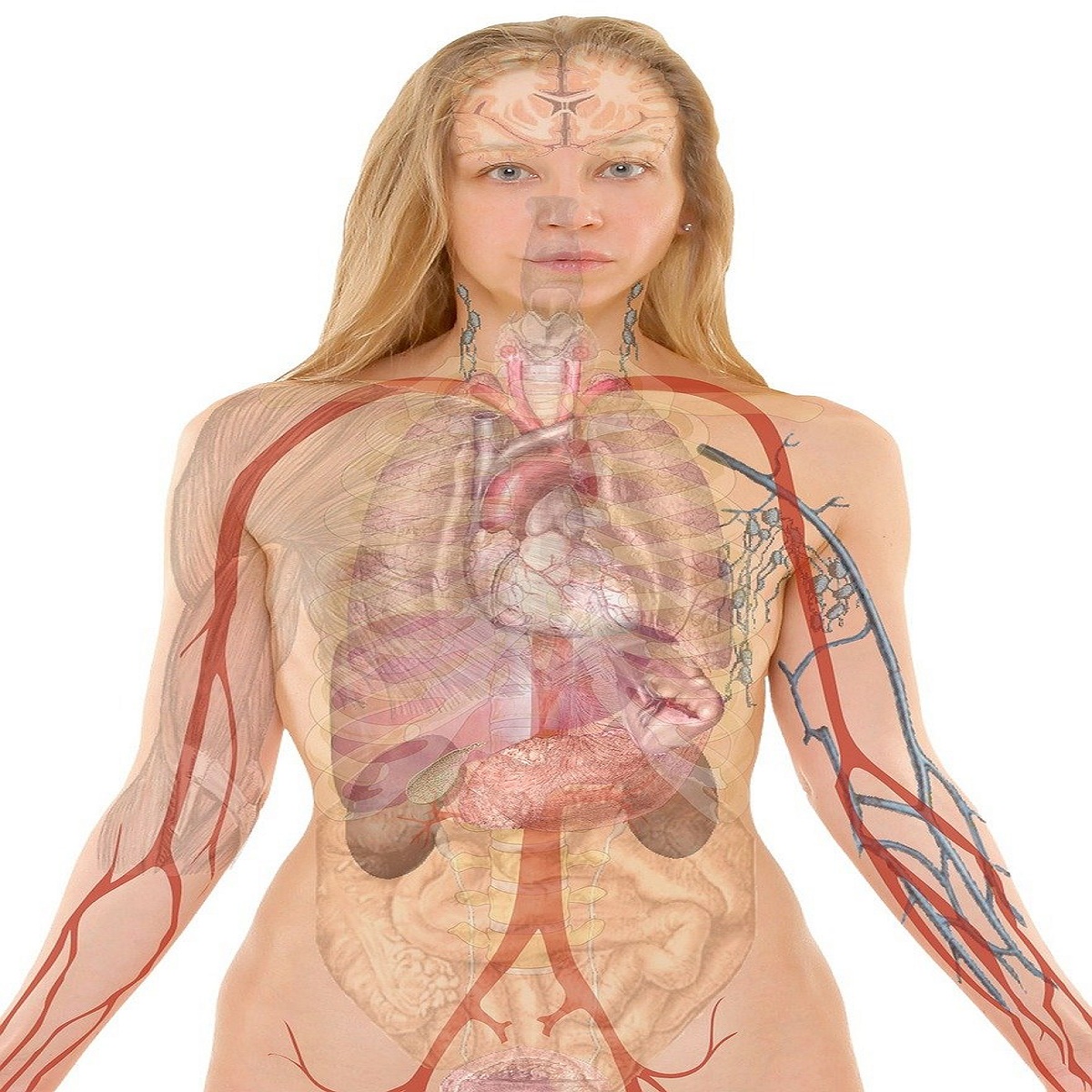
Animal Growth and Development
In higher animals, most cells with the exception of the nerve cells retain their power of division. Thus, there is a continued breakdown and replacement of cells. Animal cells undergo rapid cell division and cell differentiation but, unlike plant cells, they undergo very little cell enlargement. In most animals growth occurs throughout their life till…





